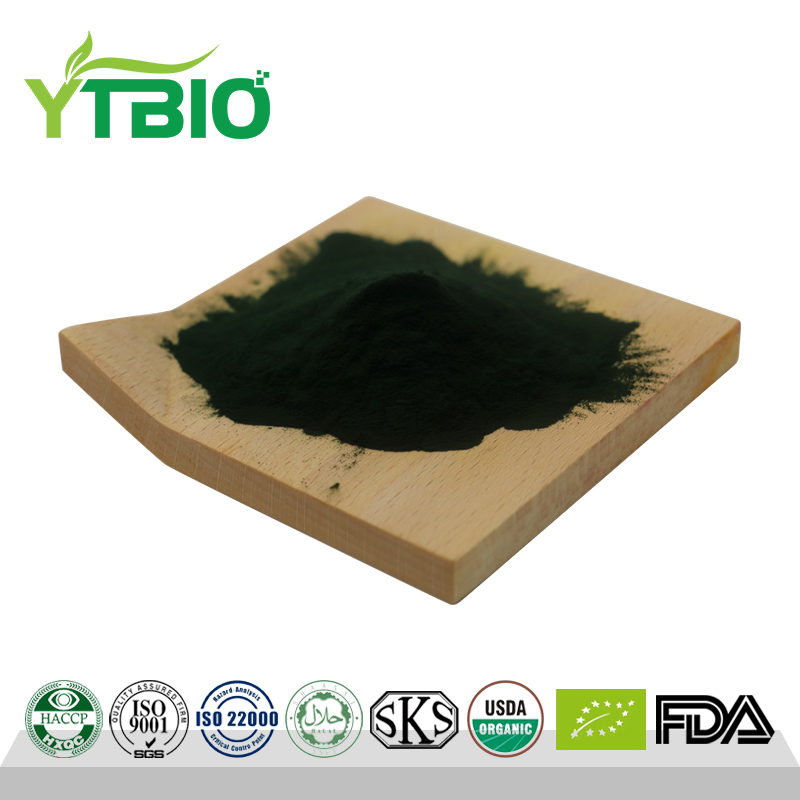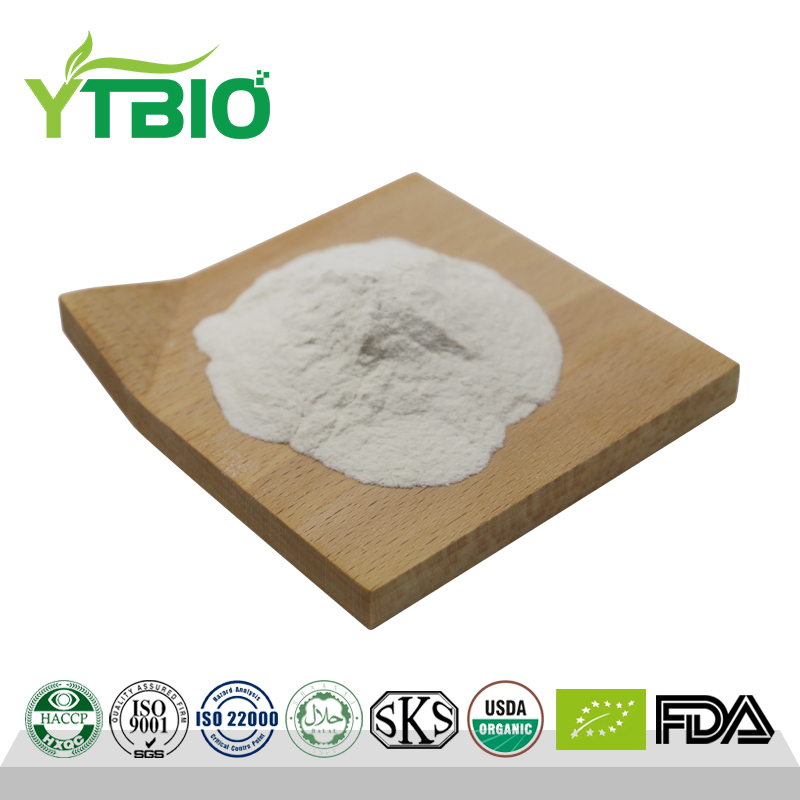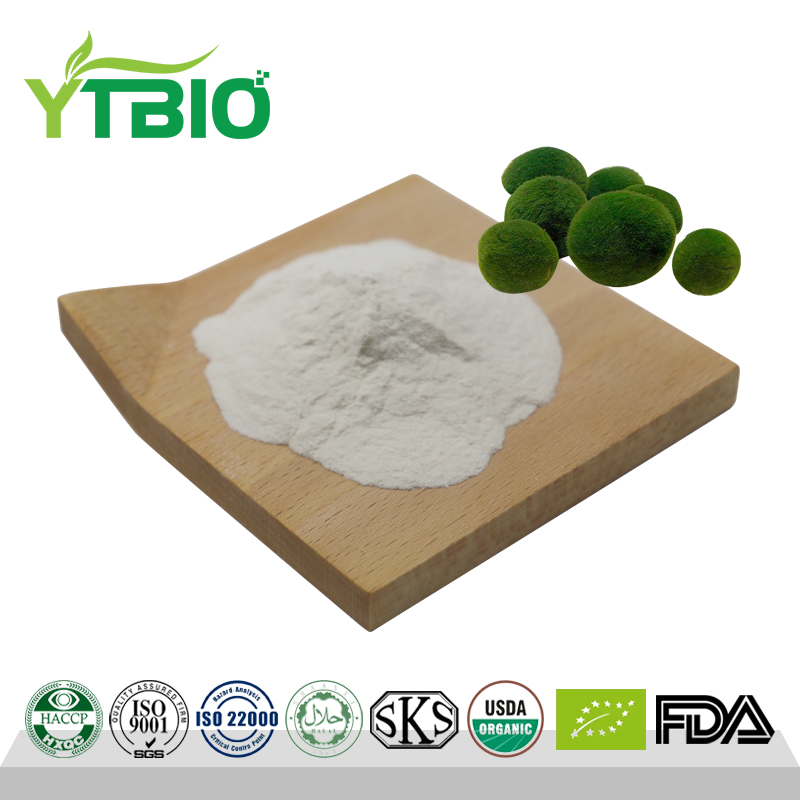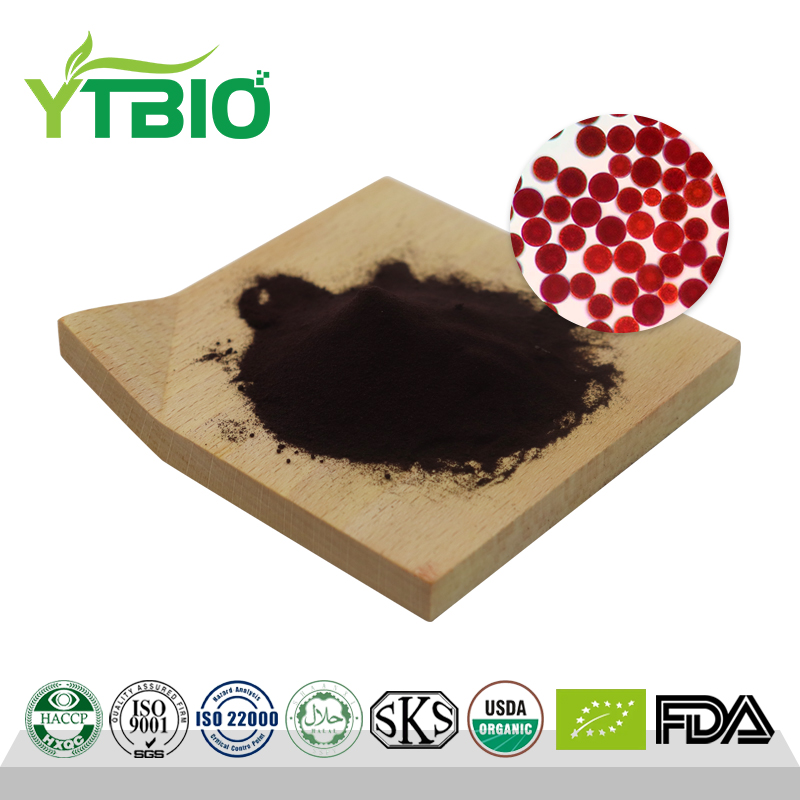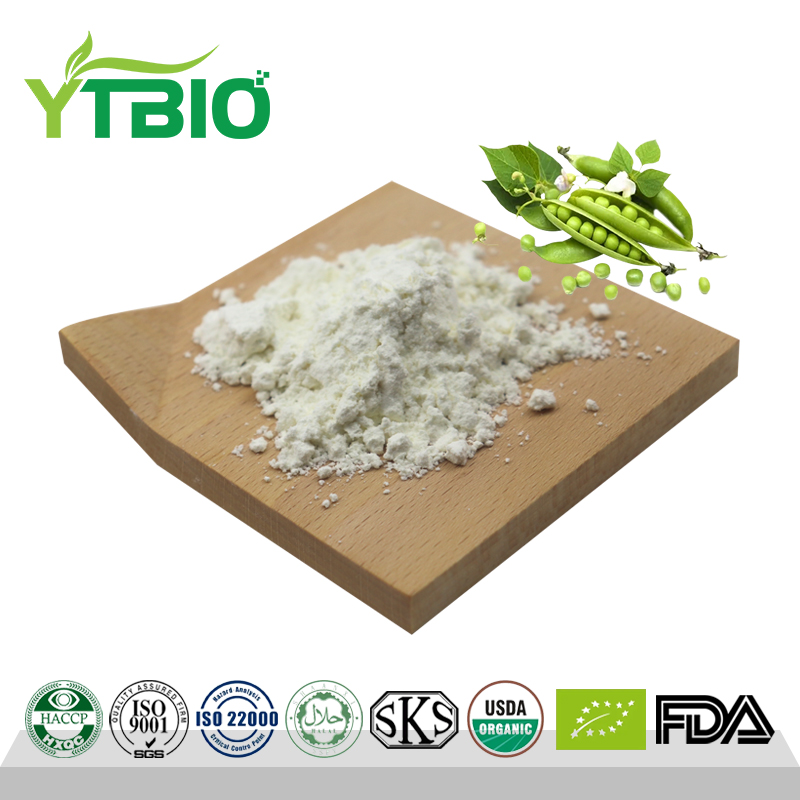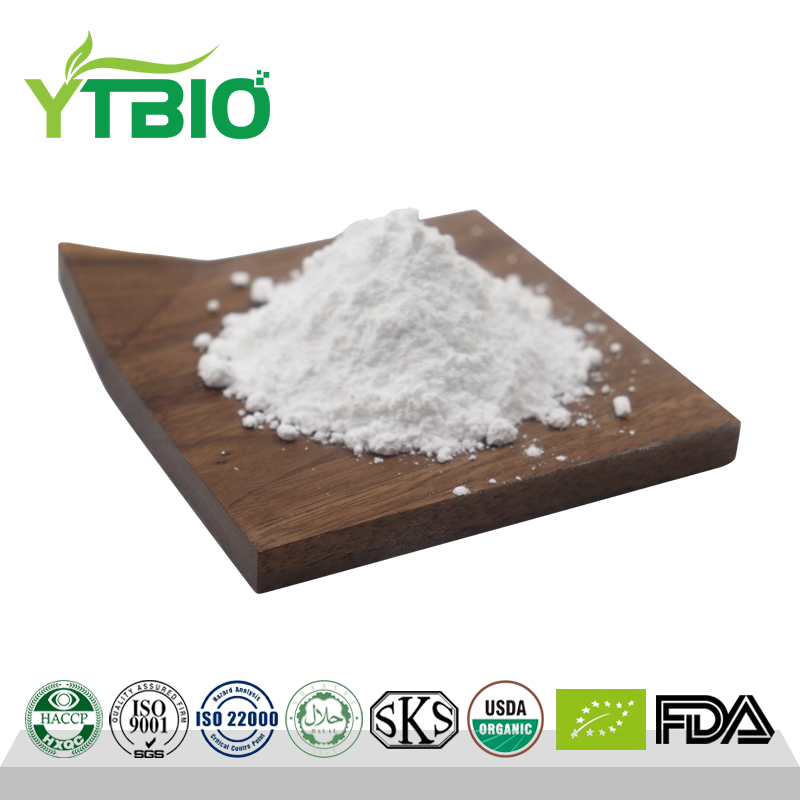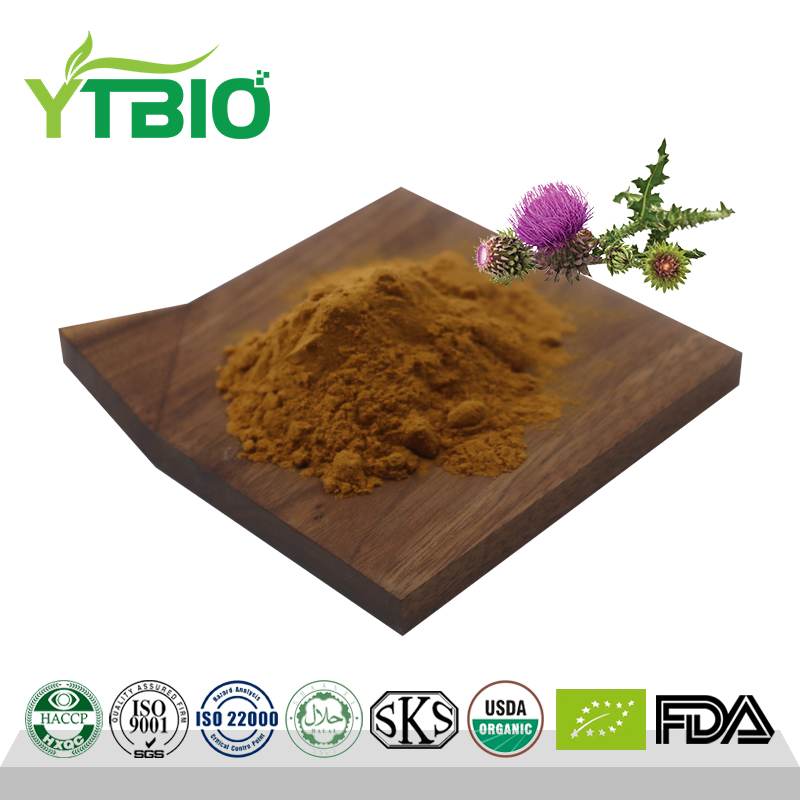Sophora japonica extract Locust bean gum powder
What is locust bean gum?
Locust bean gum comes from a drought-resistant acacia tree that grows along the Mediterranean coast. The tree grows slowly. It takes about 15 years to produce a large amount of beans, and it takes 50 years to reach maximum yield. The structure of locust bean gum is a polysaccharide compound with galactose and mannose residues as structural units, with a ratio of 1:4. The finished product is white to yellow powder particles with a slight odor. Depending on the extraction process, particle size, and purity, the transparency of locust bean gum is quite different, and it has a synergistic effect with other gums.
It is mainly used as thickener, emulsifier and stabilizer in the food industry. A macromolecular polysaccharide polymer composed of galactose and mannose units combined through glycoside bonds. The molar ratio of the two is 1:3.324, and the relative molecular mass is: 310000~2000000.
Locust bean gum is a natural food additive derived from the seeds of the carob tree. The food industry uses locust bean gum as an ingredient in a range of products, including ice cream, yogurt and cream cheese, as the gum is a valuable stabilizing and thickening agent. agent. The gum also has a sweet, slightly chocolatey flavor, making the additive easy to add to foods.
The viscosity of locust bean gum increases with the increase of concentration. When the concentration is 2%, its viscosity is 46.4MPa.s; locust bean gum is a non-Newtonian fluid, and its viscosity decreases with the increase of shear speed; it is less than 80 The viscosity of locust bean gum can be increased when heated at ℃, and 60℃ is the optimal heating temperature of locust bean gum; freezing has no effect on the viscosity of locust bean gum solution, while refrigeration can decrease the viscosity of locust bean gum; pH has an effect on the viscosity of locust bean gum. The viscosity of locust bean gum solution has little effect, that is, locust bean gum is relatively stable in acidic solutions and alkaline solutions; locust bean gum has no synergy with xanthan gum.
What are the benefits
As one of the most common additives in the world, your chances of consuming locust bean gum on a regular basis are still high. Although only small amounts are included in our daily diet, research shows that large doses of this gum have significant health benefits, including:
reduce cholesterol
Locust bean gum may help lower cholesterol, according to a study published in the American Journal of Clinical Nutrition. In the study, 17 adults and 11 children, 18 with high cholesterol levels and 10 with normal cholesterol levels, were fed products without locust bean gum and foods containing 8 to 30 grams of locust bean gum daily. This was to assess the impact on their blood lipid levels.
The group that consumed locust bean gum experienced a decrease in overall cholesterol levels and LDL cholesterol levels. Plus, they didn't report any side effects. This result was found in both adults and children. Researchers point out that locust bean gum is an effective and safe way to control cholesterol levels.
Treat diarrhea
Locust bean gum contains pectin, a compound that causes the gum to form a gel. Studies show that pectin helps treat diarrhea.
Stabilize blood sugar
In one study involving laboratory rats, researchers fed the animals a diet containing 15% guar gum or carob gum for two to six weeks. They studied the effects on body weight, glucose, insulin and cholesterol levels. Results showed a decrease in both glucose and cholesterol levels.
Application direction
The structure of locust bean gum is a polysaccharide compound with galactose and mannose residues as structural units.
In the food industry, locust bean gum is often used as a thickener, water-holding agent, adhesive and gelling agent in combination with other edible gums. Combining it with carrageenan can form elastic jelly, while using carrageenan alone can only obtain brittle jelly. Combining it with agar can significantly improve the bursting strength of the gel. It is widely used as a composite gelling agent for canned foods when combined with seaweed gel and potassium chloride. It is a good ice cream stabilizer when combined with carrageenan and CMC. It can also be used as a water-holding agent in dairy products and frozen dairy desserts to enhance the taste and prevent the formation of ice crystals.

Usage summary
● Mixed with carrageenan, it can form elastic jelly, while using carrageenan alone can only produce brittle jelly.
● Locust bean gum, seaweed gum and potassium chloride are widely used as compound gelling agents in pet cans.
● The combination of locust bean gum/carrageenan/CMC is a good ice cream stabilizer, with a dosage of 0.1-0.2%.
● It is also used as a water-holding agent in dairy products and frozen dairy desserts to enhance the taste and prevent the formation of ice crystals;
● Used in cheese production, it can speed up the flocculation of cheese, increase the output and improve the coating effect (the dosage is 0.2-0.6%);
● Used in the processing of meat products, Western-style sausages, etc. to improve water-holding properties and improve the tissue structure and freezing/melting stability of meat;
● Used for puffed food, it provides lubrication during extrusion processing, and can increase output and extend shelf time;
● Used in flour products to control the water absorption effect of dough, improve dough characteristics and quality, and extend aging time.



